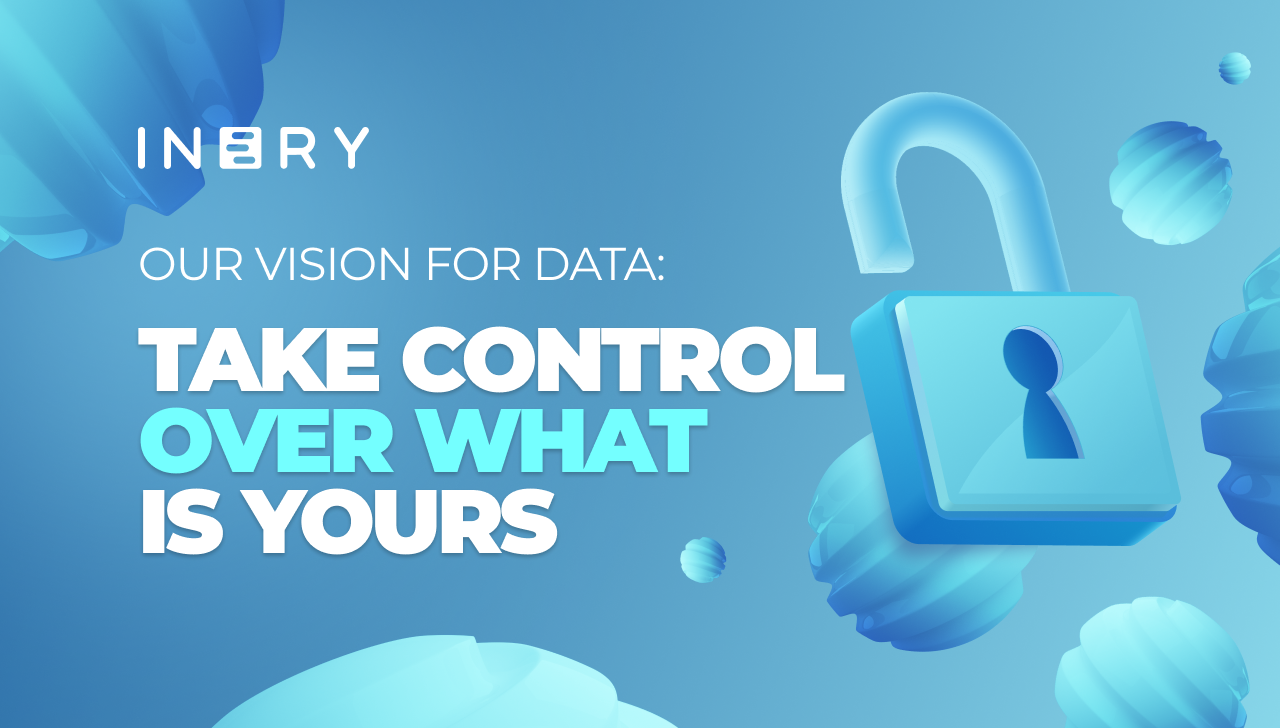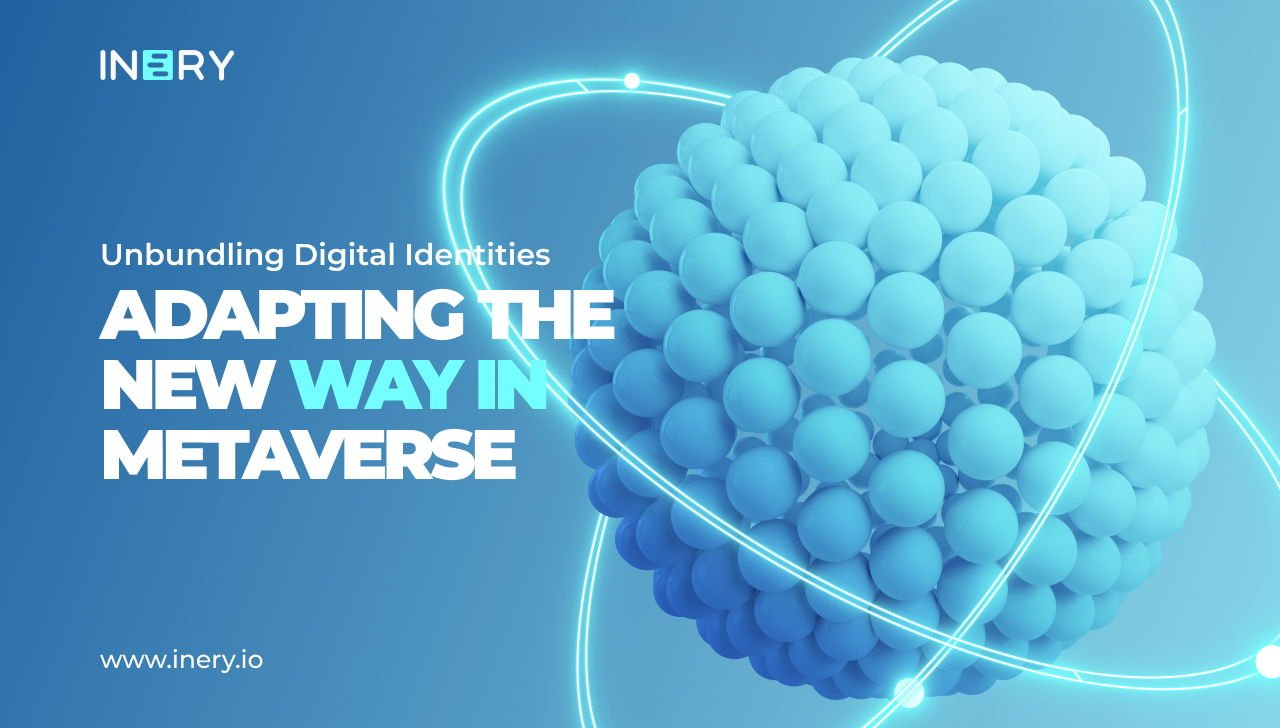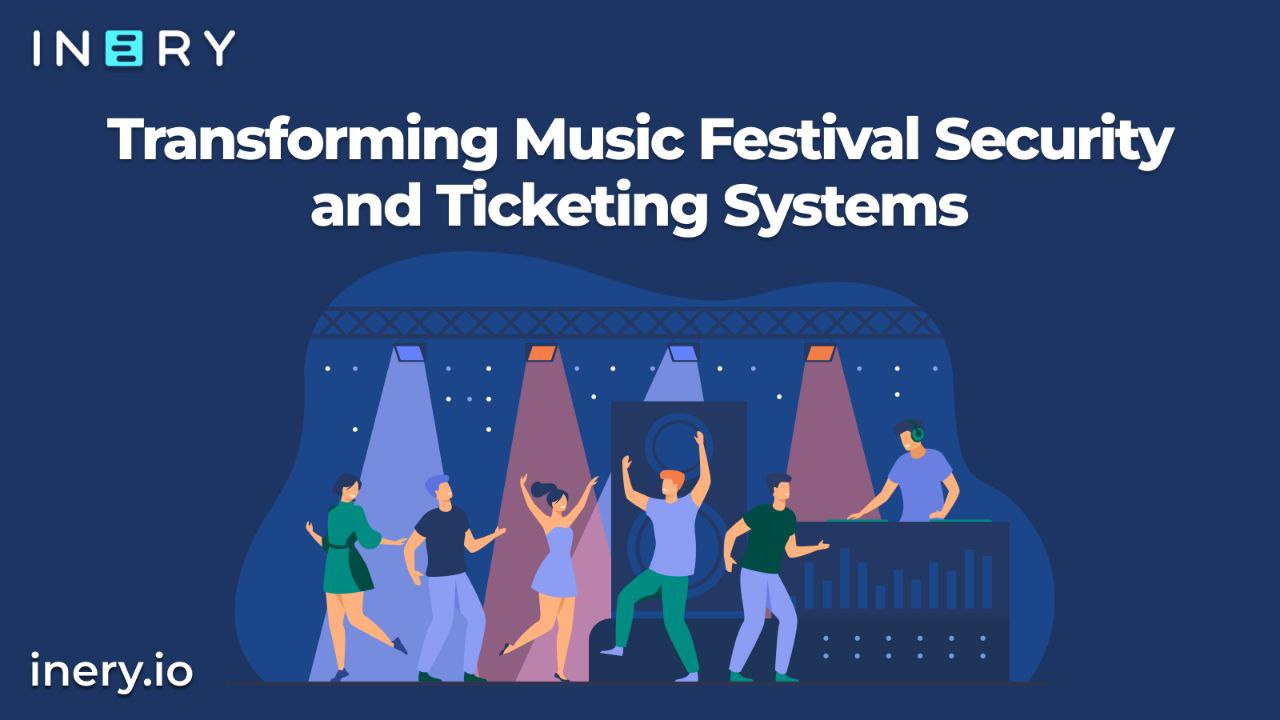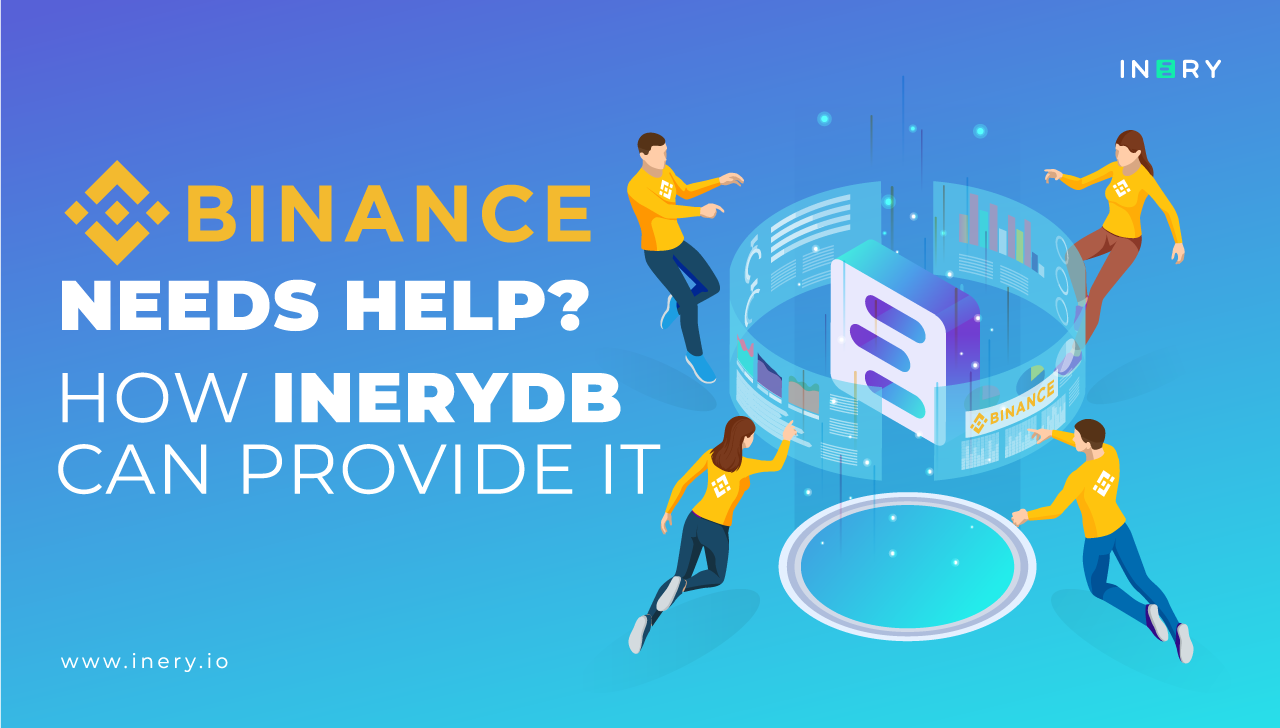There’s something surreal about standing in a sea of people, music pulsing through the air, the bass vibrating underfoot. Festivals are a temporary utopia where the world outside disappears for a few days. But beneath the surface of this carefully curated chaos, there’s an ongoing battle that organizers fight every year – security and ticketing.
Festivals have become prime targets for counterfeit tickets, fraud, scalping, and even physical security threats. The secondary ticket market has been a breeding ground for scams, with fraudulent resellers making thousands off fake QR codes. At the same time, traditional festival security, long lines, wristbands that can be easily swapped, inconsistent ID checks, has been stretched thin as festivals grow bigger and more complex. And then there’s the nightmare scenario: overcrowding, stampedes, and emergency response delays because real-time data on crowd movement is almost nonexistent.
Glastonbury’s infamous ticketing disaster in 2024 is a perfect example. Hackers deployed bot networks that flooded the queue, securing thousands of spots before real fans even had a chance. Some paid triple the price to resellers, while others showed up only to find their tickets weren’t real. The result? A logistical mess and a PR nightmare. Meanwhile, in the U.S., major festivals like Coachella and Lollapalooza have struggled with gatecrashers using fake wristbands indistinguishable from the real ones.
So, what now? Do we accept that ticketing fraud and security risks are just a part of festival culture? Or is there a way to break the cycle?
A Smarter, Decentralized Approach
Let’s start with the obvious: ticketing needs to be smarter. The current system relies too much on centralized databases that are easy to hack, fake, or manipulate. This is where Inery DLT changes things. Instead of issuing tickets as easily replicable barcodes, Inery enables festivals to create unique, immutable entries for each ticket, stored on a distributed ledger. This means no counterfeits, no bots bulk-buying thousands of tickets, and no shady resellers hiking up prices. Ownership is transparent, transferable through a secure protocol, and impossible to manipulate.
But that’s just ticketing. Security needs an overhaul, too. Traditional wristbands are unreliable. People swap them, break into VIP areas, and bypass security checkpoints with ease. RFID-based wristbands were a step up, but they still rely on centralized databases vulnerable to breaches. With Inery DLT, festival wristbands can function as secure digital IDs, verifiable on the blockchain in real time. Attendees could check in using biometrics linked to their ticket, eliminating unauthorized access altogether.
Crowd control is another beast. Most festivals still operate on outdated surveillance and radio communication to monitor movements. That’s not enough. The tragic Astroworld crowd surge showed how quickly things spiral when organizers lack real-time visibility into what’s happening on the ground. A decentralized approach could integrate blockchain with AI-powered monitoring, tracking crowd density in real time while ensuring that data isn’t stored on a single vulnerable server.
More Than Just Security – A Better Festival Experience
Of course, the goal isn’t just to prevent disasters. The real opportunity here is improving the overall festival experience. Think about cashless payments. Another weak point that gets exploited every year. Traditional RFID-based festival wallets store payment data on central servers, which makes them a prime target for hackers. A decentralized alternative ensures that financial transactions remain secure, verified on a tamper-proof network, and unlinkable to any single user’s identity.
And then there’s the resale market. Instead of fighting ticket scalpers with ineffective policies, blockchain ticketing allows festivals to control resale directly. Tickets could be resold at face value or with a small cap on price increases, preventing the kind of price gouging that ruins accessibility for real fans. This also ensures that buyers get legitimate, verifiable tickets instead of rolling the dice on third-party platforms.
The chaos surrounding Taylor Swift’s Eras Tour ticket sales proved just how broken the system is. Millions of fans faced crashing websites, impossible wait times, and absurd resale prices when scalpers used bots to grab as many tickets as possible within minutes. Some tickets were resold for thousands of dollars, making it impossible for average fans to attend. With a decentralized system like Inery DLT, this kind of mass manipulation wouldn’t be possible. Each ticket would be uniquely registered and traceable, preventing bot-driven bulk purchases and ensuring that sales go to real fans, not resale vultures looking to make a profit.
Beyond ticketing, festival organizers could also use blockchain-backed digital passes for VIP areas, drink tokens, and merchandise vouchers. Instead of worrying about physical wristbands or paper stubs, attendees could have everything linked securely in one place. This not only makes the festival experience smoother but also cuts down on fraud and operational headaches.
Festivals Should Be About Music, Not Stress
Festivals are about losing yourself in the moment, not worrying about whether your ticket will scan, whether someone will steal your wristband, or if an overcrowded stage could turn deadly. The industry has been slow to evolve, but it doesn’t have to be this way. Inery DLT eliminates many of the risks that have plagued festivals for years, without making the process more complicated for fans.
Better security, fairer ticketing, and real-time monitoring aren’t just tech trends; they’re the difference between a seamless experience and a logistical disaster. It’s time for festivals to embrace innovation that makes these events what they’re supposed to be: pure, unforgettable moments of music and connection.

Inery•
3 years ago
Our Vision for Data: Take Control Over What is Yours
Gain the power to decide who can see your information, access or even monetize. ...READ MORE

Share

Inery•
3 years ago
Unbundling Digital Identities: Adopting the New Way in Metaverse
Unbundling digital identities to give users more control over their data and better reflection on how they view themselves in the metaverse. ...READ MORE

Share

Inery•
2 years ago
Google, Amazon, Apple, and Meta: Guardians or Intruders of Privacy?
The biggest names in Big Tech know more about you than you may be comfortable with. Click here to see how bad the situation is. ...READ MORE

Share

Inery•
9 months ago
How to Handle Data Growth Pains
Data growth is inevitable, but chaos doesn’t have to be. Learn how businesses can manage expanding databases without sacrificing performance, security, or IT sanity. ...READ MORE

Share
Most popular today



-1665070349.png)